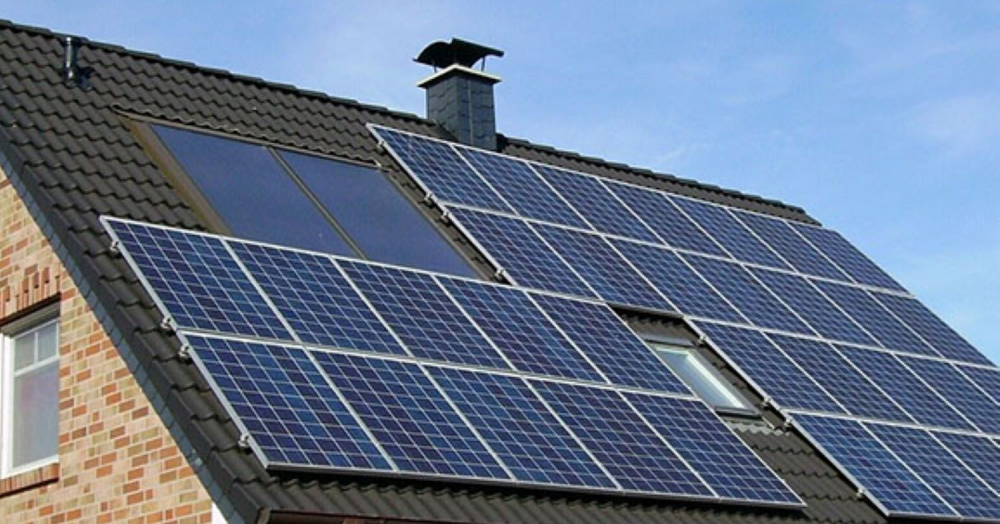In this three-minute read, we look at ways to make your home more energy efficient.
With 40% of UK carbon emissions coming from households, the road to a cleaner, greener planet starts at home.
First, the good news (yes, there is some)
In 1990, the average UK home generated 12.8 tonnes of CO2. (To get this figure, the Committee on Climate Change analysed data on heating, electricity, transport, aviation and waste.)
By 2014, this figure had dropped to 8.1 tonnes of CO2. The aim now is to get the average down to 4.5 tonnes of CO2 by 2030.
Greener homes
One way to reduce our emissions is to re-think how we heat and cool our homes. There are some tried and tested ways to do this, along with some new technologies that are now commercially available.
All these measures will reduce your carbon footprint, cut your energy bills and add value to your property, making it more marketable should you wish to sell it at a later date. Win, win, win.
1 Insulation
It's not new, and it's not sexy (well not to us anyway), but insulation is one of the best ways to retain heat in your home.
A home loses a quarter of its heat through the roof, so if you haven't insulated your loft yet, get cracking.
Homes built after the 1920s are likely to have cavity walls – another source of heat loss. Insulating cavity walls is a job for a registered specialist. Do not try it yourself.
2 LED lights
Replace halogen lights with LEDs. Along with saving energy, LEDs last longer meaning you won't have to replace the bulbs as often.
3 Draught-proofing
Admit it, for years you thought your Nan's Dachshund draught excluder was a bit naff. Well, who's laughing now, eh?
Often as properties age, small gaps form around windows, letterboxes, loft hatches and fireplaces allowing warm air out and cold air in. There are lots of DIY products available to help you to plug these gaps.
4 Double and triple glazing
Double glazing cuts heat lost through windows by half (Source: Energy Saving Trust). If you want even more bang for your buck, opt for triple glazing.
5 Air source heat pump (ASHP)
An ASHP can heat your home and your water. It works by transferring heat in the air outside into your home (and works even in minus 30 temperatures).
ASHPs produce low levels of heat for long periods, unlike a conventional boiler system where you crank up the radiators for a brief spell until they're hot to touch. ASHPs work best with underfloor heating or larger radiators.
6 Solar panels
These convert the sun's energy into electricity for your home. Solar panels work best on south-facing roofs with a pitch angle of about 30 or 40 degrees and no overhanging trees.
7 Shutters or brise soleil
Ironically, some new builds are so well insulated that heat retention is the central issue. As temperatures continue to rise, some UK householders are installing Mediterranean-style shutters to keep their homes cool in summer.
Brise soleil – shade structures that deflect sun at the hottest part of the day – are also becoming more popular.
The Green Home Grants scheme helps cover some of the costs of making a home more energy efficient. Learn more here by
clicking here:
Here at Millbanks, we're happy to advise on the best ways to create a more energy efficient home that’ll start saving the planet and be kinder on your pocket.

